C. Gribbon
Association of the nuclear matrix component NuMA with the Cajal bodyand nuclear speckle compartments during transitions in transcriptionalactivity in lens cell differentiation
Gribbon, C.; Dahm, R.; Prescott, A.R.; Quinlan, R.A.
Abstract
The transcriptional status of cells can be deduced from the staining pattern of various nuclear markers such as the Cajal body, nucleolus and nuclear speckles. In this study we have used these markers to correlate transcriptional status with cell differentiation in the lens. As a closed system with no cell loss and with each stage being spatially preserved, it is particularly well suited to such studies. To confirm that the nuclear markers in lens cells follow the same trends as in other cells, primary bovine lens epithelial cells were cultured and then treated with actinomycin D to inhibit transcription. This reduced the Cajal body markers to one or two foci per nucleus and the nucleoli became compacted as revealed by fibrillarin staining. The nuclear speckles, containing snRNPs (e. g. Sm) and the splicing factor, SC35, also became larger and more numerous while the signal for trimethylguanine (TMG) decreased suggesting a role hierarchy for the various speckle factors during transcriptional shutdown. The signal for survival of motor neurones gene product (SMN) also decreased at this point. In the lens epithelium, postmitotic cells near the equatorial region had one or two Cajal bodies per nucleus, indicating these cells had only basal levels of transcription. Sm was also present as large foci in these cells. Interestingly, both the speckles and Cajal bodies were NuMA-positive in these post-mitotic cells. At the epithelial-fibre cell transition, Cajal body number increased, while their size decreased indicative of increased transcriptional activity. Fibrillarin adopted the open floret pattern indicating increased transcriptional activity. The nuclear speckles adopted a more diffuse nucleoplasmic pattern, although some spots were still observed. All NuMA co-localisation with the Cajal bodies and nuclear speckles was lost at this stage of lens cell differentiation. Transcriptional shutdown occurs at a later stage in fibre cell differentiation, prior to programmed nuclear destruction. In the lens, both the Cajal bodies and nuclear speckles again became NuMA-positive, although separate NuMA spots were also formed during transcriptional shutdown. These data suggest the nuclear matrix is important in the concentration of Cajal body and speckle components into large, distinct spots in transcriptionally inactive nuclei and also suggest a new role for NuMA in post-mitotic cells to assist in these sub-nuclear reorganisations.
Citation
Gribbon, C., Dahm, R., Prescott, A., & Quinlan, R. (2002). Association of the nuclear matrix component NuMA with the Cajal bodyand nuclear speckle compartments during transitions in transcriptionalactivity in lens cell differentiation. European Journal of Cell Biology, 81(10), 557-566. https://doi.org/10.1078/0171-9335-00275
| Journal Article Type | Article |
|---|---|
| Acceptance Date | Jul 16, 2002 |
| Publication Date | 2002-10 |
| Journal | European Journal of Cell Biology |
| Print ISSN | 0171-9335 |
| Publisher | Elsevier |
| Peer Reviewed | Peer Reviewed |
| Volume | 81 |
| Issue | 10 |
| Pages | 557-566 |
| DOI | https://doi.org/10.1078/0171-9335-00275 |
| Keywords | transcription; nucleolus; lens; p80 coilin; differentiationGREEN FLUORESCENT PROTEIN; COILED BODIES; CDNA CLONING; EYE LENS;NUCLEOLAR PROTEIN; SPLICING SNRNPS; GENE-EXPRESSION; MESSENGER-RNA;FIBER CELLS; BOVINE LENS |
| Public URL | https://durham-repository.worktribe.com/output/1582819 |
You might also like
A novel frameshift variant in BCOR causes congenital nuclear cataract
(2024)
Journal Article
Downloadable Citations
About Durham Research Online (DRO)
Administrator e-mail: dro.admin@durham.ac.uk
This application uses the following open-source libraries:
SheetJS Community Edition
Apache License Version 2.0 (http://www.apache.org/licenses/)
PDF.js
Apache License Version 2.0 (http://www.apache.org/licenses/)
Font Awesome
SIL OFL 1.1 (http://scripts.sil.org/OFL)
MIT License (http://opensource.org/licenses/mit-license.html)
CC BY 3.0 ( http://creativecommons.org/licenses/by/3.0/)
Powered by Worktribe © 2025
Advanced Search
